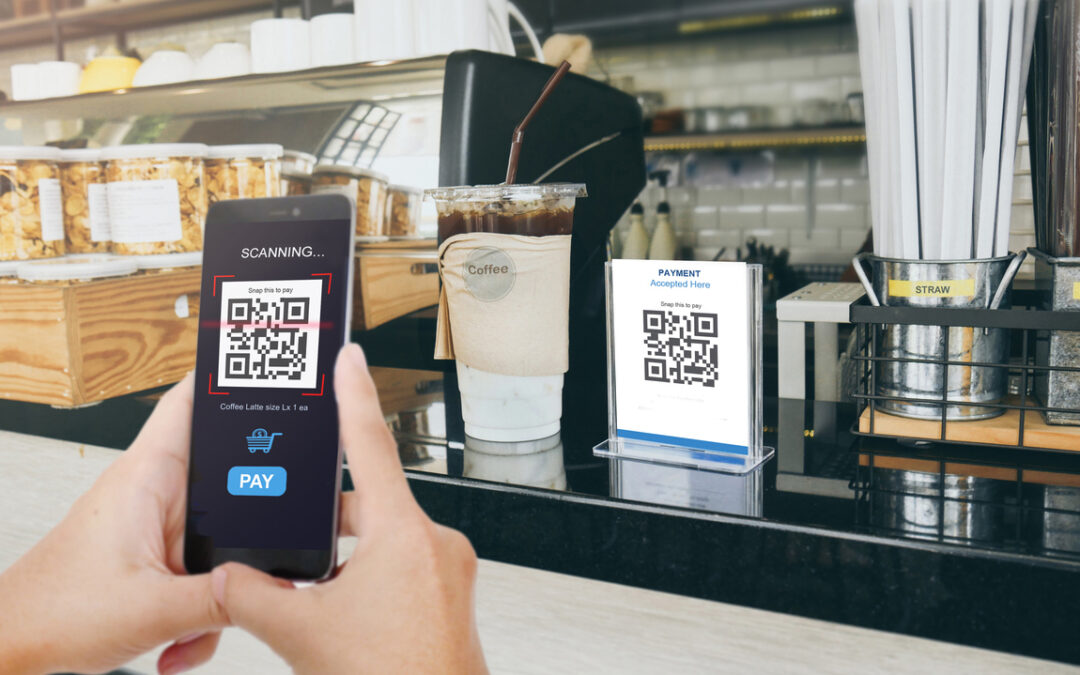In the digital age, QR codes have become ubiquitous in our lives, from restaurant menus to product packaging. They offer a convenient way to access information with a simple scan. But as QR codes gain popularity, so do the risks associated with them. QR code phishing is a growing concern in the world of cybersecurity. In this blog post, we’ll delve into what QR code phishing is, how it works, and most importantly, how to protect yourself from falling prey to this digital threat.
What is QR Code Phishing?
QR code phishing, also known as QR code scams, is a cyberattack technique where attackers exploit the trust people have in QR codes to deceive them into revealing sensitive information or engaging in malicious activities. These deceptive QR codes can lead to fraudulent websites, unwanted downloads, or the theft of personal data.
How Does QR Code Phishing Work?
- Deceptive QR Codes: Cybercriminals create QR codes that appear legitimate and trustworthy. They often use enticing content to lure users into scanning them.
- Distribution: These malicious QR codes are distributed through various channels, including email, social media, and even physical materials.
- Scanning the QR Code: Unsuspecting victims scan the QR code, assuming they will access useful information, discounts, or promotions.
- Phishing Attack: Instead of genuine content, the QR code redirects users to a phishing website that imitates a legitimate one. This fake site is designed to trick users into providing personal information, such as login credentials, credit card details, or other sensitive data.
- Data Theft: The attackers capture the information entered on the fake website and use it for fraudulent purposes.
Protecting Yourself from QR Code Phishing
Here are some essential tips to safeguard yourself against QR code phishing:
- Verify the Source: Always verify the source of the QR code, especially if it’s received via email, social media, or in public places.
- Use a Reputable QR Code Scanner: Download a trusted QR code scanning app with security features to help detect malicious codes.
- Keep Software Updated: Regularly update your smartphone’s operating system and apps to ensure you have the latest security patches.
- Think Before You Click: Avoid entering sensitive information on websites linked through QR codes unless you are certain of their legitimacy.
- Stay Informed: Educate yourself and your family about the risks of QR code phishing to maintain digital safety.
QR codes have undoubtedly simplified access to information, but they’ve also become a new avenue for cybercriminals. By staying vigilant and following best practices, you can protect yourself from falling victim to QR code phishing and keep your digital life secure. Stay safe in the digital world!

